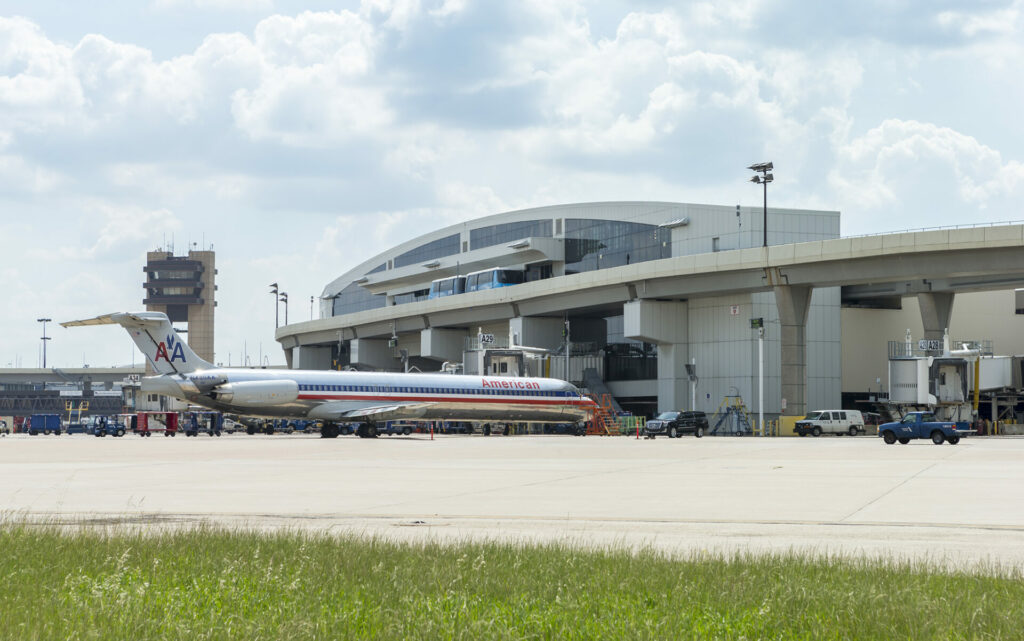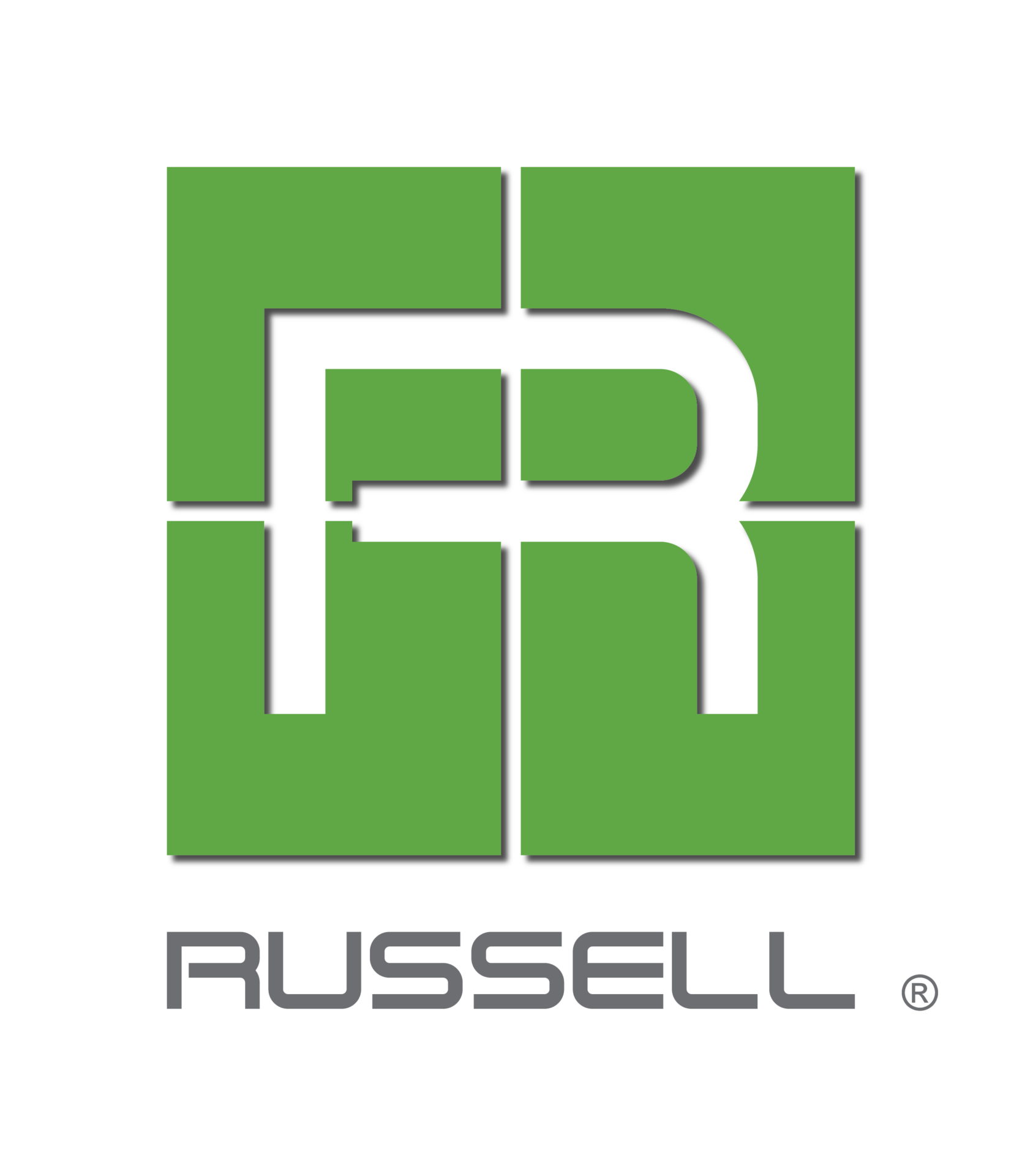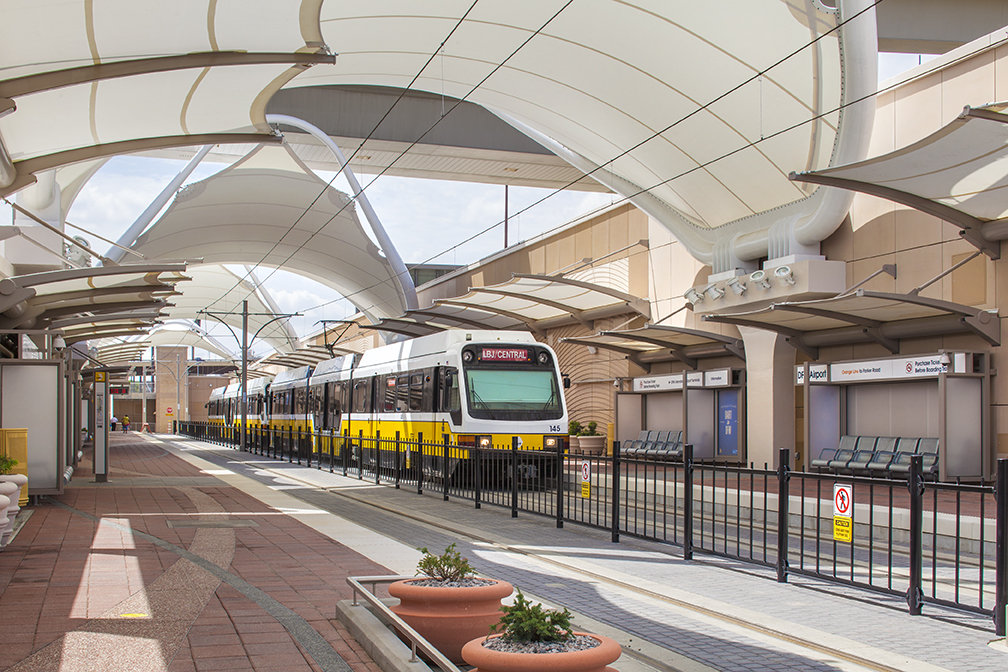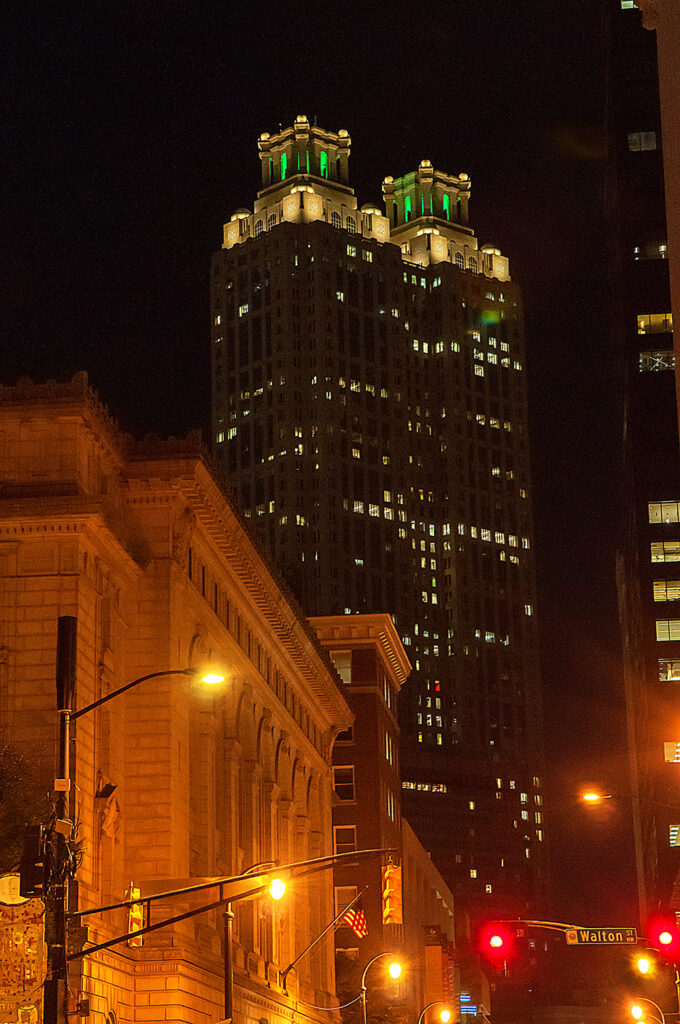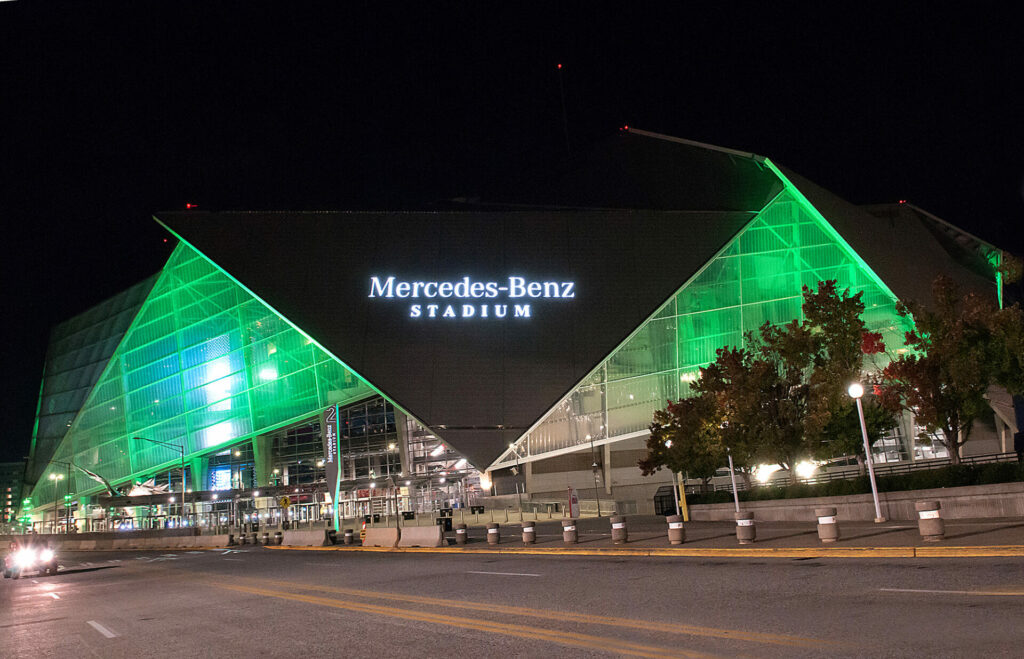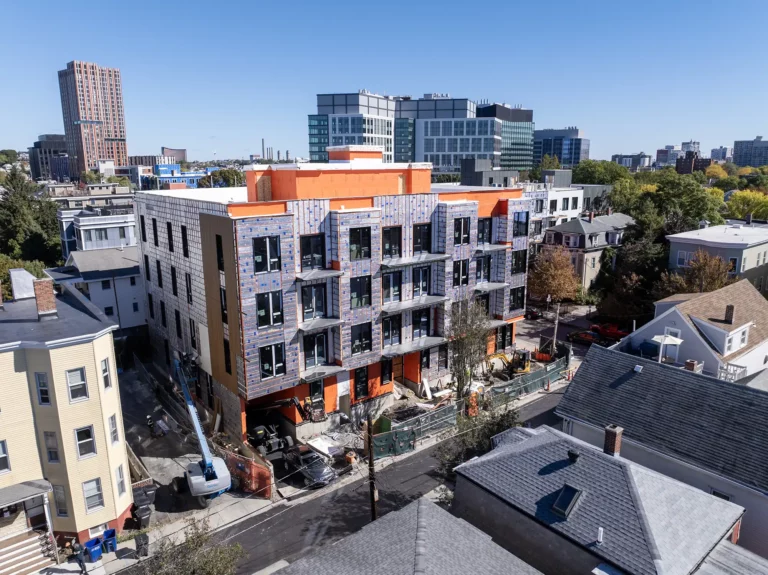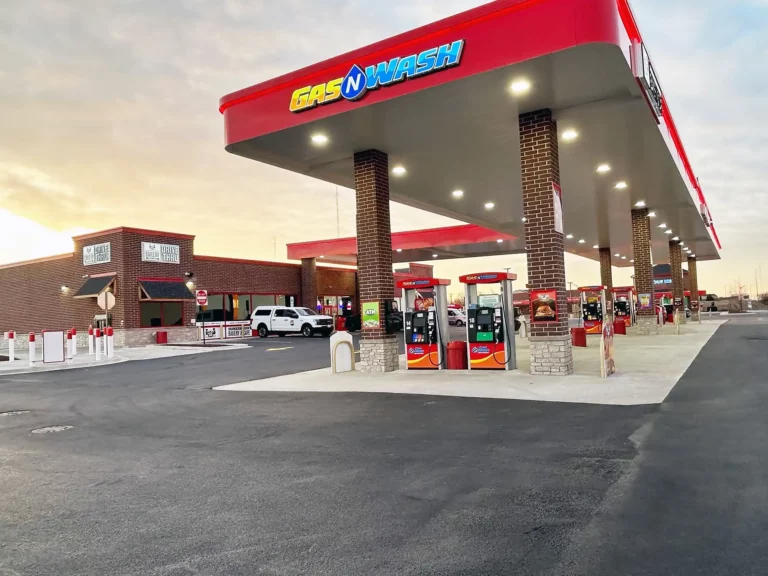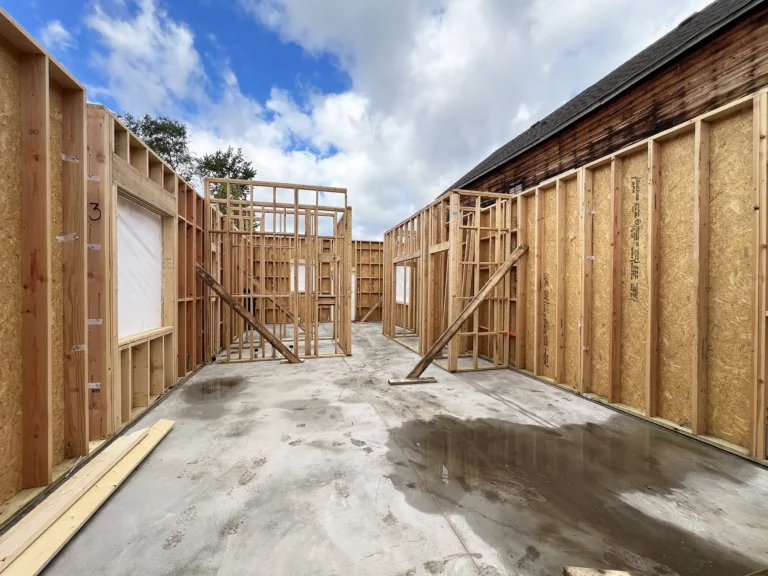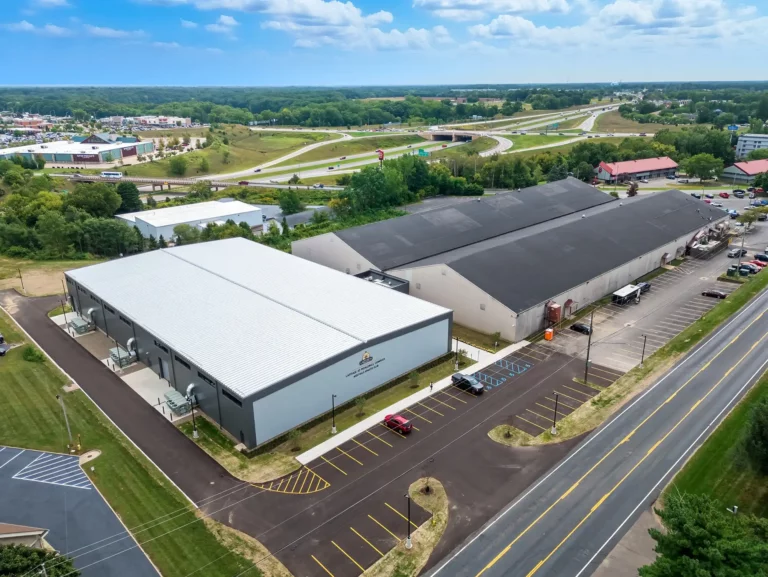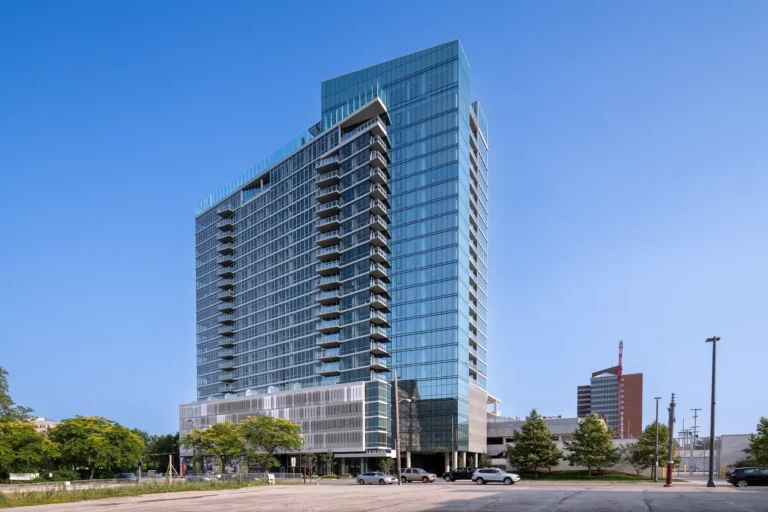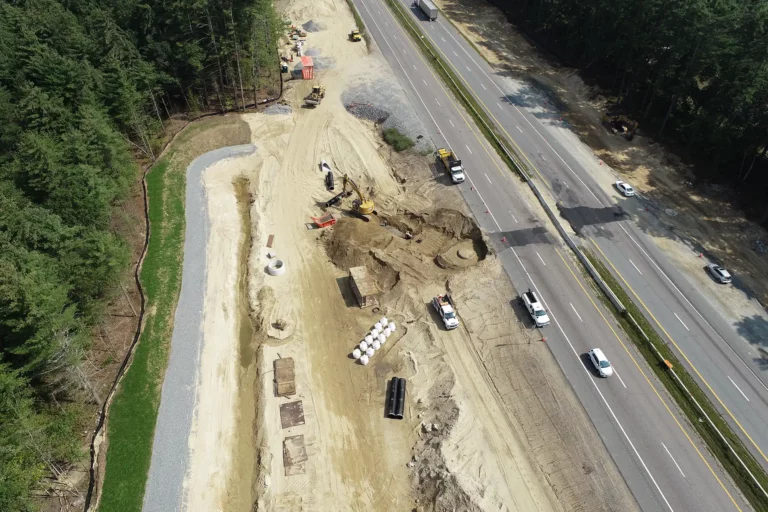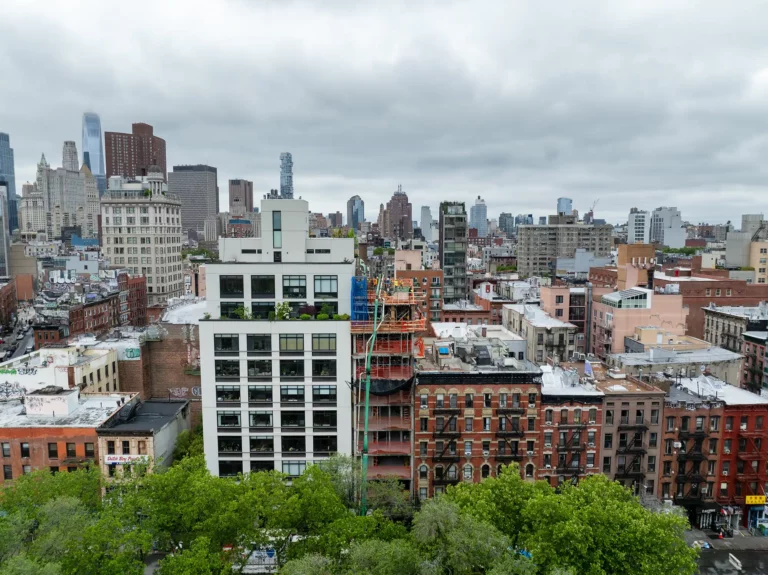When Herman Russell founded H. J. Russell & Company back in 1952, he quickly contributed to the birth and subsequent development of the Atlanta skyline. He was involved in joint venture partnerships including the Coca-Cola Company Headquarters, Georgia-Pacific Tower, 191 Peachtree Tower, and the former Georgia Dome, which was replaced with the Mercedes-Benz Stadium, all of which remain part of the skyline today. Culturally, 1960’s America was worlds apart from the one we know today, and so, as an African-American, Russell’s involvement in such ventures was a unique thing of the time. H. J. Russell also lays claim to projects such as the Smithsonian African-American Museum in Washington, D.C. and the Birmingham Civil Rights Institute in Birmingham, AL., both of which house a significant piece of the city’s history. Russell was part of history through the projects he built and the unlikely era in which he built them, and when he passed in 2014, he left behind him not just a company, but a legacy.
H. J. Russell is a 70-year-old company headquartered in Atlanta with offices in Savannah, Dallas, and Boston. To these areas, the company provides construction management, program management, and real estate development. “The construction management side is centered around multifamily projects as well as commercial office spaces, healthcare, infrastructure, and industrial work,” says Paul Bryant, Vice President of External Affairs. Joining me alongside Bryant is Project Executive Jhocques Jordan, and the two are a wealth of knowledge on both the company and the legacy.
“On the program management side, we have lots of activity out in Dallas including transportation work, airports, and the Dallas metro transit system, all of which are huge growth areas,” said Jordan. Construction management and program management are considered the company’s primary services, while real estate development remains a significant part of H. J. Russell’s business lines.

Jordan takes the lead on talking me through some of the standout projects that have marked the company’s more recent success. “The Terminal Renewal and Improvement Program at Dallas/Fort Worth International Airport was a joint venture project with a value of about $850 million dollars, which we wrapped up around 2017,” says Jordan. “We had a team working out there, and that’s what spun us to increase our presence even more in the Dallas area. We started to pick up some standalone work there as well as some other extensions out at DFW.”
Next, in the spotlight is Grayson Ridge, a senior living multifamily project in Lawrenceville, GA that was completed last year. “It was about $36 million dollars and 240 units, a four-story apartment building,” Jordan continues. “It’s a really nice building as far as finishes go as well as amenities such as a courtyard, library, crafts room, fitness center, salon and movie theatre. The courtyard has a bocce ball court, pavilions, barbeque grills and walking area. A really nice facility.”
Enthusiasm is in high supply from the conversation’s outset, but it reaches its peak when I ask about Russell CARES and the philanthropic work H. J. Russell does for its community. “That’s my area of expertise,” Bryant says. “I’m ready, willing, and able to jump in here.” Russell CARES, I quickly learn, is not a mere afterthought that was born out of a society that demands more philanthropy from profit-yielding businesses. Quite the opposite, Russell CARES is, and always was, at the very heart of what H. J. Russell stands for.
“Russell CARES is, and always was, at the very heart of what H. J. Russell stands for.”
Russell CARES, which is the company’s corporate social responsibility program, spurred from founder Herman Russell’s philanthropic efforts, including those of his family. Today, it stands proudly as a tangible representation of his legacy. “He was a generous man and quite involved in the community,” says Bryant, “and that is part of the DNA of H. J. Russell. Our CEO, Michael Russell, often tells me that I’m part of the ground game for the company. He wants me to be out and about, to really see the pulse of what’s going on. The Russell CARES philosophy is to support those grassroots agencies that really need some gas in their tanks. We’re not making a $50,000-dollar contribution to United Way Worldwide, we’re making a $2,500-dollar donation to organizations like Facts to Thrive, a unique organization that we supported a couple of months ago. It’s just one person. She goes to senior communities and teaches elderly people how to navigate their cell phones. Think about the Apple store experience where there are millennials who really know their way around phones. That can be somewhat intimidating. These places aren’t built for seniors, so she goes to these communities and puts on training sessions for them. And we just bumped into her because we’re out there on the ground floor. We like that human touch, getting to know the people we support and something about their business rather than just giving a check, taking pictures, and moving on.”
Bryant gives another example that captures the human touch he speaks of. “There’s an elderly tower we built called Maggie Russell Towers. During the COVID pandemic, we gave them a check to buy food for their food pantry.
Because of the restrictions at the time, we did this cool thing where we airdropped the check in with a drone. We filmed the whole process which was really cool. It captured the skyline of the building, the drone flying in, and the people waving. It was something fun to do as we supported and celebrated those seasoned citizens.” Not only does H. J. Russell build these state-of-the-art buildings for seniors, it also donates to companies who go on to directly enhance their experience. “It’s in the tagline,” says Bryant. “‘We don’t just build structures. We build communities.’”
Perhaps one of the most unique parts of Herman Russell’s legacy is the Russell Innovation Center for Entrepreneurs, the 54,000-square-foot former H. J. Russell headquarters that is dedicated now to developing black entrepreneurs. “When Mr. Russell passed in 2014, the building was worth around $8 million dollars.” Lending from the altruism passed down by their father, Russell’s three children decided to donate the building to the community instead of cashing in their share. “What we have now is really a national model—the programming and what they’ve done with this building is really amazing.” The center is visited year-round by CEOs and government officials, and most recently by Whiting-Turner Contracting Company and their network of employees as part of their Black History Month program. “Many were blown away by what we’re doing here,” says Bryant. “They left asking—how can we do something like this in our communities?”
Before his time at Russell, Bryant was involved in a global study that put forward the question—what’s the thought process of the employees in the best companies in the world? The study found that the employees of the world’s best companies shared six common beliefs. The first is the belief that somebody in your organization in a higher position than you sincerely cared about your growth and development. The second is the belief that every day you had the necessary tools to perform your job. The third is the belief that your work environment was one in which you could learn and grow. The fourth was that you had friends at work. “And, it’s the last two that really permeate throughout the colony,” he says. “Number five is the belief that what your company does, whether that be building structures or writing articles, is significant. And the sixth is the belief that every day, by doing your job, you are contributing to that something significant. We are extremely proud of Herman Russell’s legacy, and we know that we are blessed to be given the opportunity to carry that legacy on our shoulders and to be able to do all these good things in the community. It’s a wonderful thing!”
The true significance of Herman Russell’s legacy and the positive impact that his 70-year strong company continues to have on the community can be wrapped up in Bryant’s reflections on the company’s anniversary celebration last year. “Our primary corporate color is green,” he says, “and there are several buildings within the city that turned their lights green in honor of H. J. Russell. Hartsfield-Jackson International Airport in Atlanta was green, 191 Peachtree Tower was green, Mercedes-Benz Stadium was green. I think it’s just beautiful to see these businesses in the area show their appreciation for Herman and what he’s done.”
Jordan adds, “When you think about how many companies start up, and they don’t make it five, 10, 20 years, 70 seems like forever. I started in 2006, and then, the recession hit. It was really tough. Projects weren’t coming in like they had been. People were bailing out and moving on. Michael Russell could have easily said, ‘Guys, I’m done,’ and quit while he was ahead, but his commitment to what his dad built and his decision to stick with it and ride it out—I give him a ton of credit for that. I’ve seen the company’s construction department drop to less than 20 people. Now though, it is back up to maybe three times that, and we continue to grow.”
In the same way that it practiced philanthropy from the outset, H. J. Russell was also a diverse company long before diversity was demanded in the modern working environment. “Herman Russell said he looked around his company back in the sixties, and it looked like the United Nations,” says Bryant. “That’s what he wanted. He liked it that way. We still look around today, and there’s diversity everywhere.” Perhaps, this is the very secret to H. J. Russell’s longevity—a longstanding commitment to values that truly matter.
“I’ve only been in the company five years,” Bryant continues, reflecting on his first day with H. J. Russell. “I remember as I was meeting people, it wasn’t, ‘Welcome to the team,’ or ‘Welcome to the company.’ It was, ‘Welcome to the family.’ Now I make sure that anytime I meet a new employee, I say the same. It’s important to carry that on. This is what a working environment, what a business, and what a community is all about.”









